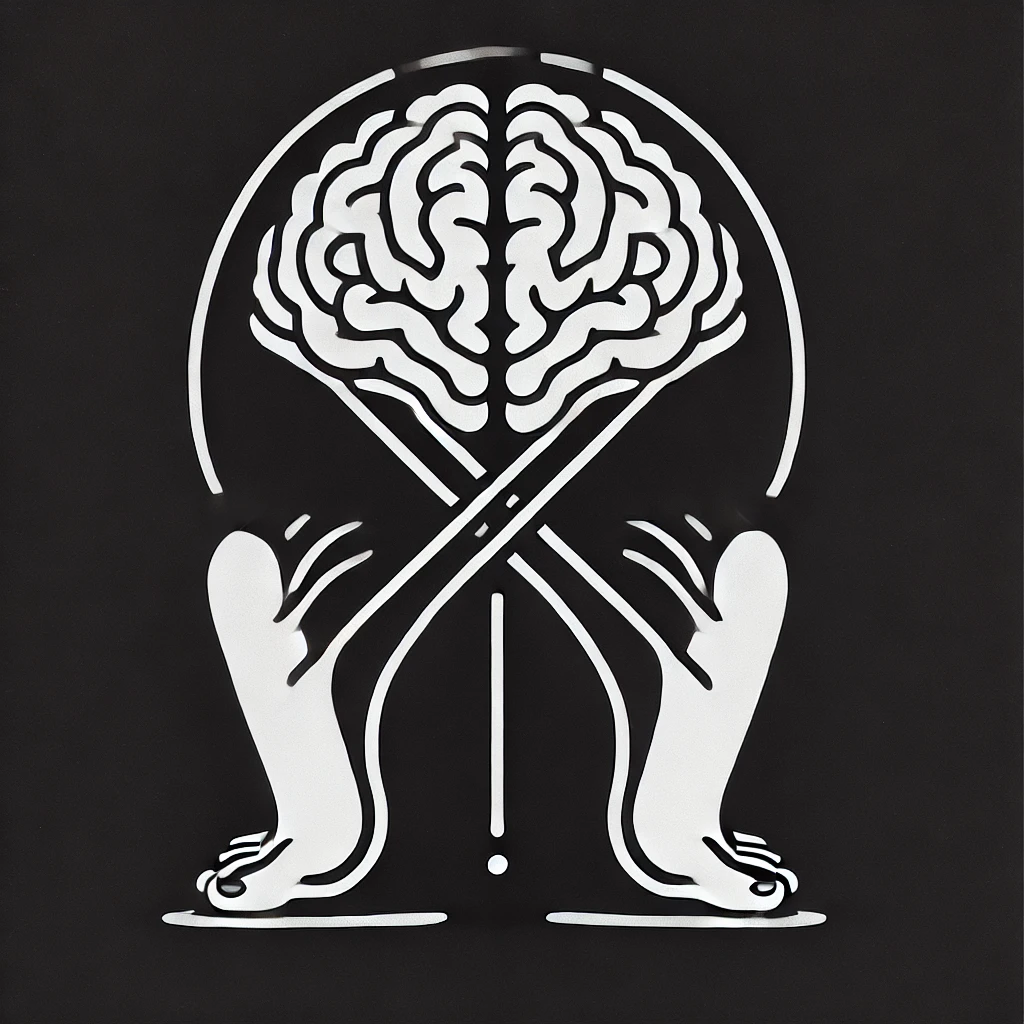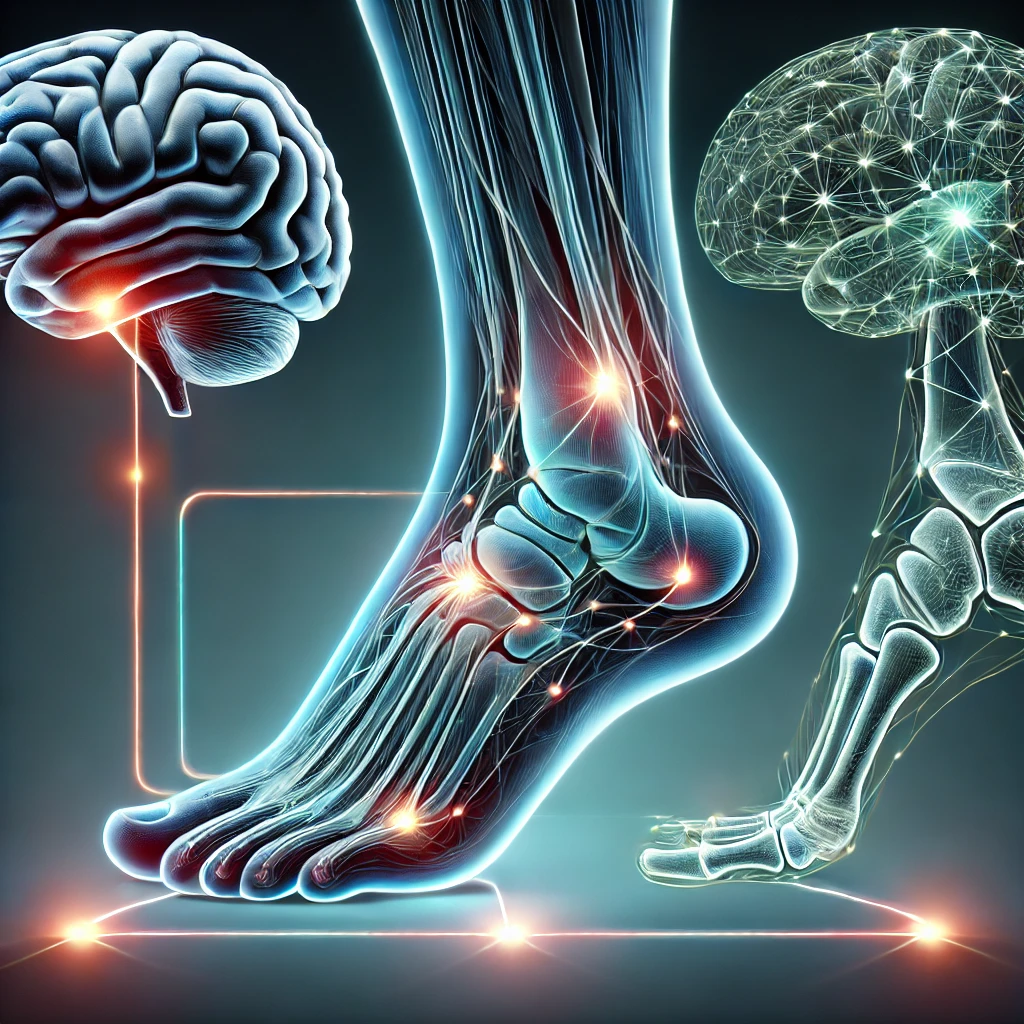
“Embracing Natural Imbalance for Optimized Movement.”
Asymmetrical Industry in Relation to Movement
The concept of an asymmetrical industry in movement refers to systems, practices, or products that embrace the inherent imbalances and unique dynamics of human motion. Unlike traditional approaches that often aim for symmetry or uniformity, asymmetrical movement-based industries focus on harnessing natural differences in body mechanics, orientation, and functionality to optimize performance, reduce injury, and enhance efficiency.
This perspective aligns with the understanding that human movement is fundamentally asymmetrical, such as the body’s reliance on rhythmic collisions during walking or running, where one side of the body primarily loads while the other unloads. Industries leveraging this knowledge include footwear design, prosthetics, robotics, sports training, and rehabilitation.
Products and practices in this industry might prioritize designs or techniques that support lateral sway, spiral patterns, or varied load distributions. For example, footwear designed to facilitate natural rolling of the foot or prosthetics that mimic asymmetrical weight shifts can improve alignment, balance, and energy efficiency.
By recognizing and integrating the asymmetrical nature of movement, this industry aims to create innovative solutions that reflect the true dynamics of human biomechanics, fostering better performance and functionality across various applications.
Asymmtery
Industry
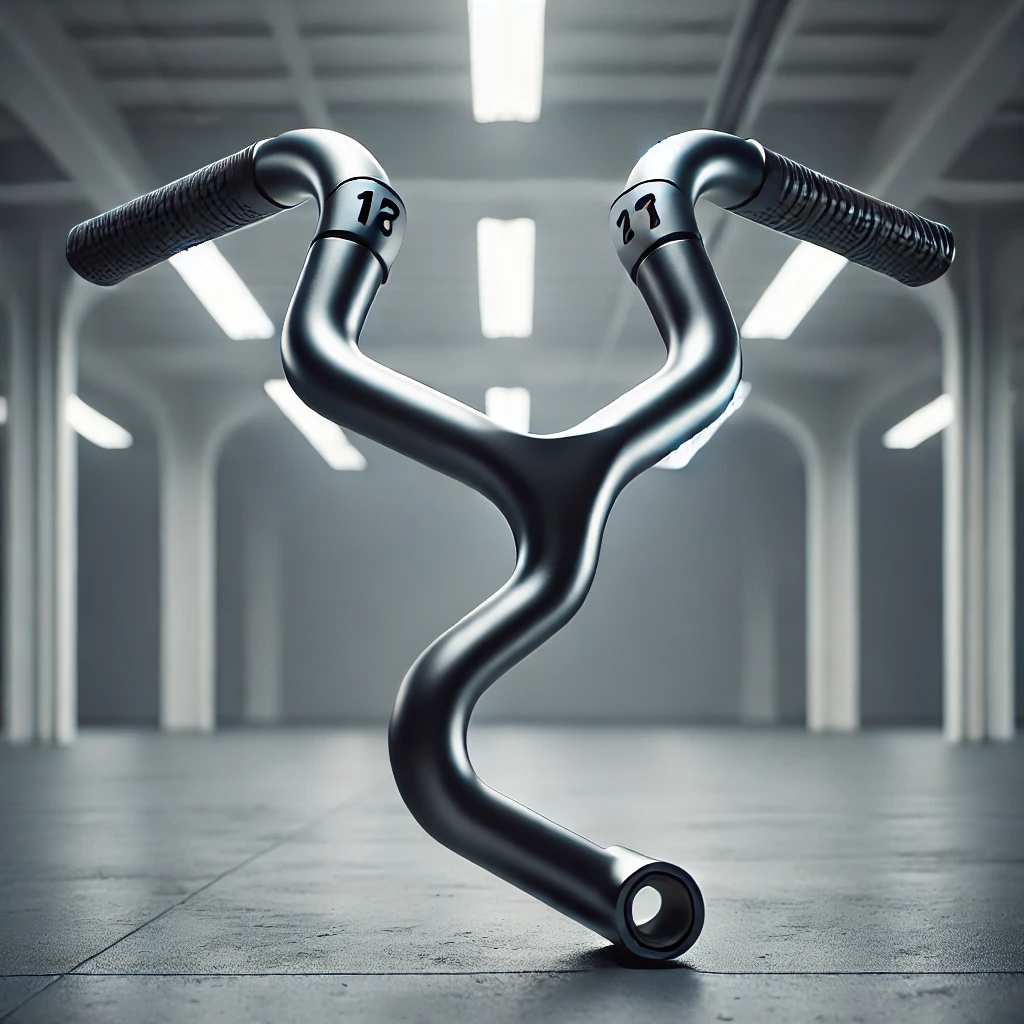
Asymmetrical Equipment
Asymmetrical equipment is designed to align with the body’s natural imbalances and leverage its unique movement patterns. Unlike traditional symmetrical designs, these tools incorporate uneven grips, forces, or load distributions to simulate real-world dynamics and improve functional performance. They are used in various fields such as sports training, rehabilitation, and ergonomics to enhance strength, coordination, and adaptability.
Examples include:
• Handlebars: Offset or unevenly weighted handlebars that train asymmetrical grip strength, control, and balance during motion.
• Steering Wheels: Designed with irregular shapes or resistance to simulate real-world driving scenarios or rotational training.
• Uneven Load Bars: Bars with varying weight distributions to challenge lateral stability and core engagement.
• Single-Side Resistance Machines: Equipment that isolates and trains one side of the body, emphasizing unilateral strength and coordination.
• Rotational Discs or Platforms: Tools that facilitate asymmetric rotational movement for enhanced agility and flexibility.
Asymmetrical equipment emphasizes adaptability and trains the body to move efficiently in dynamic and uneven environments, making it essential for athletes, drivers, and anyone aiming to refine performance through natural imbalances.
it
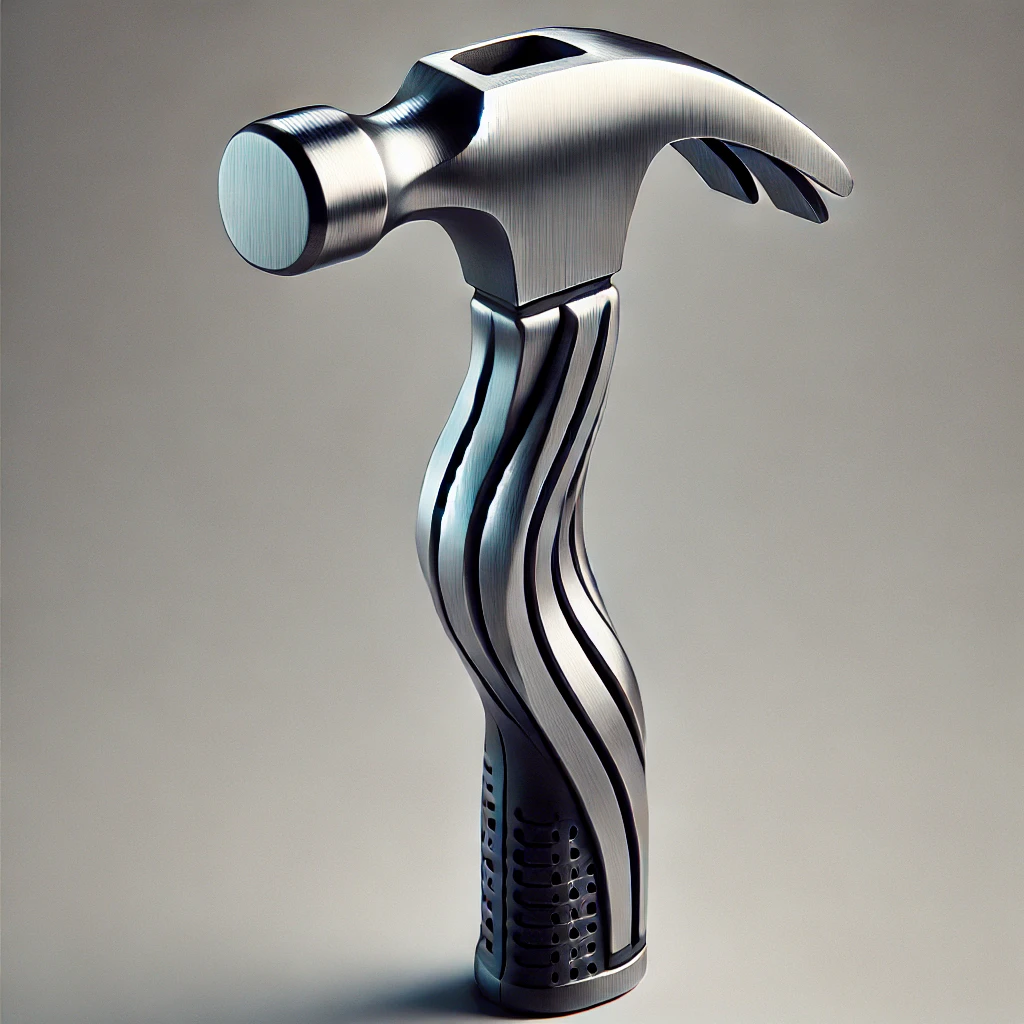
Asymmetrical Training Tools
Asymmetrical training tools are specifically designed to harness and enhance the natural imbalances in human movement. These tools help individuals develop strength, stability, and coordination by emphasizing uneven load distribution, dynamic shifts, and side-specific mechanics. By training the body to adapt and respond to asymmetrical forces, these tools promote better balance, functional mobility, and injury prevention.
Examples include:
• Offset Handlebars: Encourage uneven grip and weight distribution, mimicking real-world asymmetrical force patterns.
• Split Stance Platforms: Designed to isolate and train individual sides of the body.
• Rotational Resistance Bands: Provide uneven tension to train lateral and spiral movement patterns.
• Weighted Straps or Handles: Focus on single-sided load carrying for improved unilateral strength and coordination.
These tools are ideal for athletes, fitness enthusiasts, and rehabilitation programs seeking to optimize performance and alignment by working with, rather than against, the body’s inherent asymmetry.
i
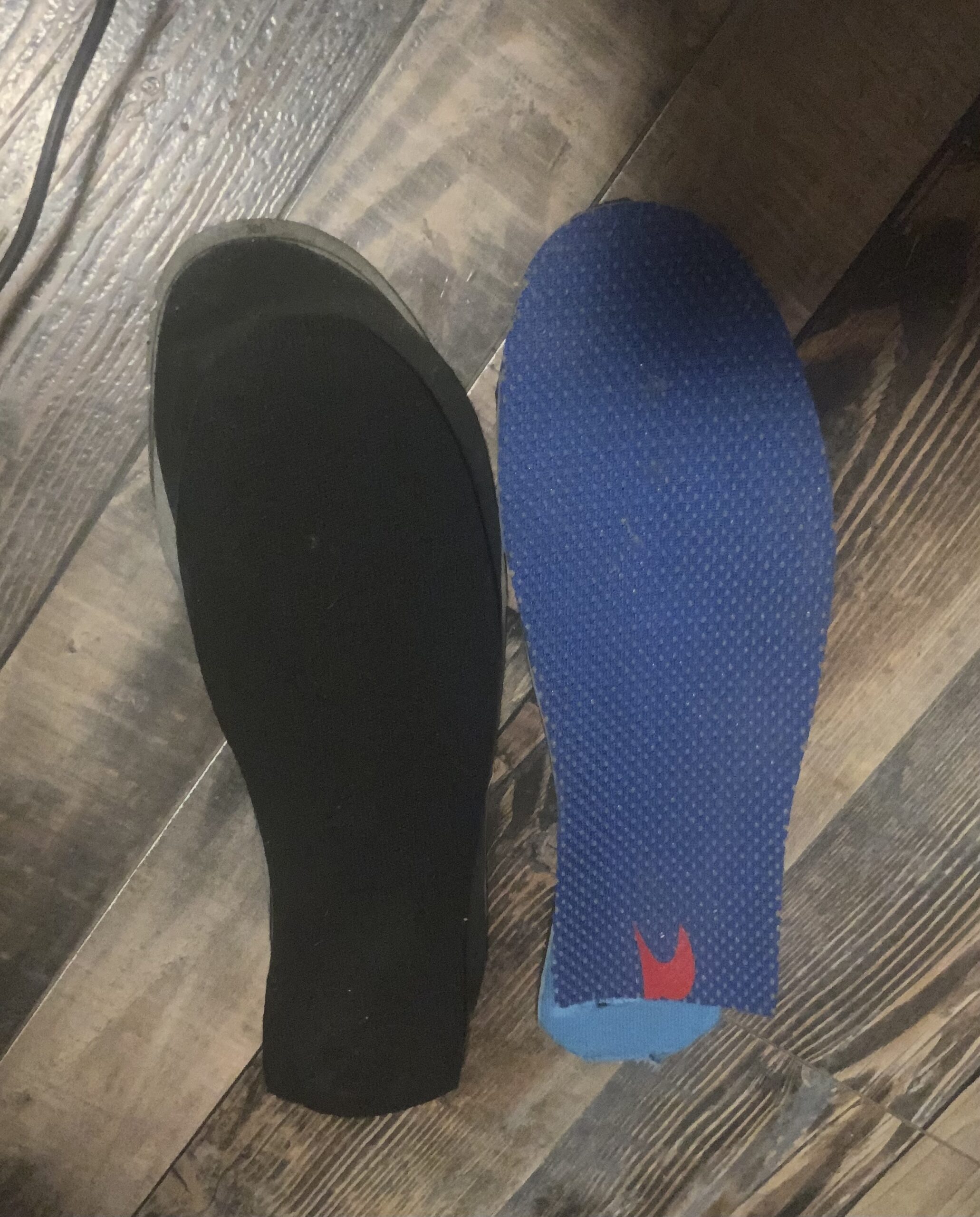
Asymmetrical Insoles
Asymmetrical insoles are innovative footwear solutions designed to enhance performance and comfort by accommodating the natural imbalances in human gait and movement. Unlike traditional insoles, which assume symmetry in foot mechanics, asymmetrical insoles are crafted to support the unique biomechanical differences between the left and right foot, as well as the varied loading patterns during activities like walking, running, and standing.
Key Features:
• Targeted Support: Specific zones cater to the natural asymmetry of the foot, such as variations in arch height, pressure points, and weight distribution.
• Dynamic Pressure Management: Designed to guide natural rolling or lateral sway of the foot, optimizing force transfer and reducing stress on joints.
• Enhanced Performance: Supports the foot’s unique movement patterns, aiding in balance, stability, and energy efficiency.
• Improved Comfort: Reduces friction, hotspots, and uneven pressure, preventing common issues like calluses, bunions, or plantar fasciitis.
• Biomechanical Optimization: Encourages proper alignment and movement patterns, enhancing overall foot function.
These insoles are ideal for athletes, professionals, and anyone seeking to improve performance or reduce discomfort during prolonged activity. Asymmetrical insoles represent a shift toward personalized solutions, embracing the body’s natural imbalances to achieve better results in movement and recovery.
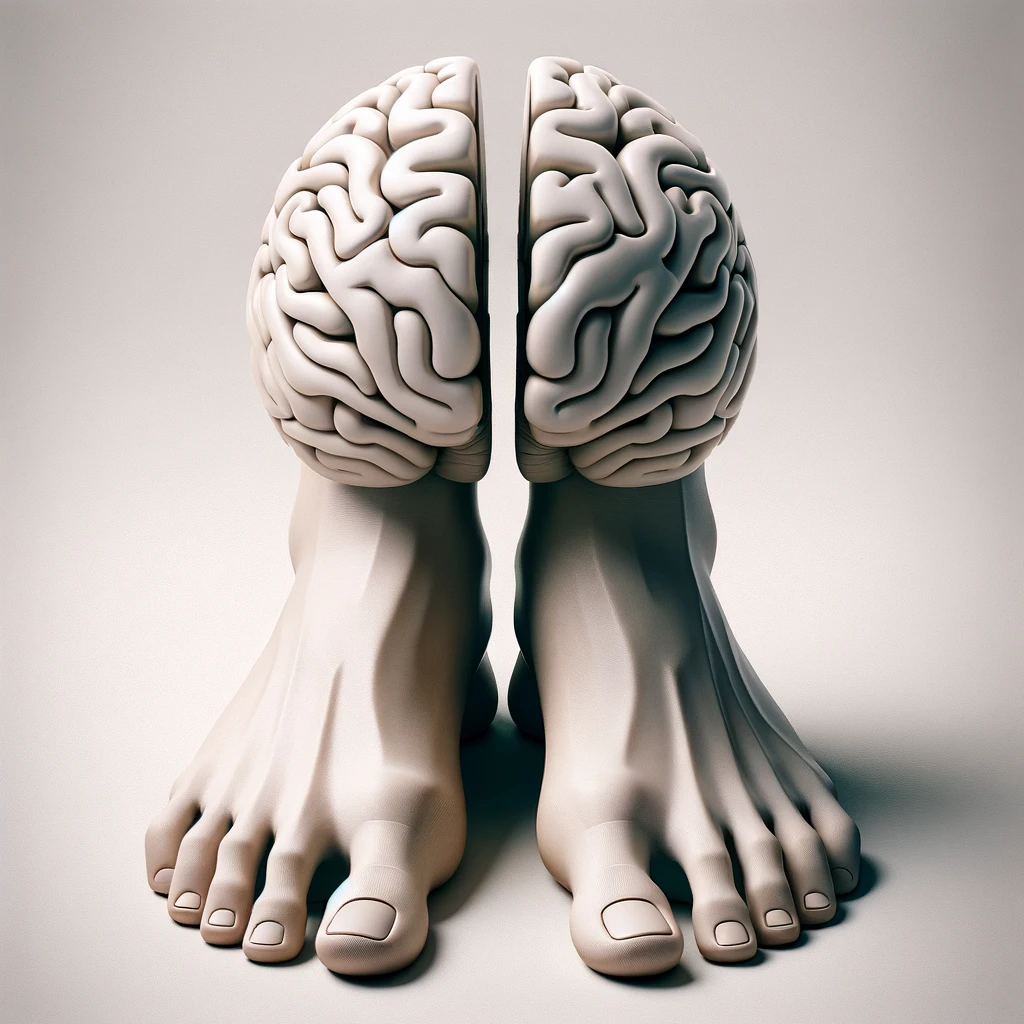
Asymmetry
Asymmetry refers to the natural imbalance or lack of identicality in structure, function, or movement. In biomechanics and design, asymmetry is a fundamental principle that acknowledges how the human body, objects, and environments operate with unique, non-mirrored dynamics. This concept plays a critical role in fields such as movement science, ergonomics, and industrial design.
Applications of Asymmetry:
• Human Movement: The body naturally moves asymmetrically, such as during walking or running, where one side loads while the other unloads, creating balance through dynamic shifts.
• Training and Rehabilitation: Asymmetrical tools and techniques help individuals optimize performance by addressing and training side-specific mechanics and imbalances.
• Product Design: Asymmetry informs innovations in tools, footwear, insoles, and equipment to better align with real-world demands and enhance efficiency.
• Natural Systems: Asymmetry is observed in nature, from the spirals of seashells to the functional design of animal limbs, inspiring more adaptable and functional designs.
Embracing asymmetry means working with natural imbalances instead of resisting them, resulting in improved performance, balance, and resilience across various applications. Whether in movement, design, or nature, asymmetry is a key element of functionality and adaptability.
